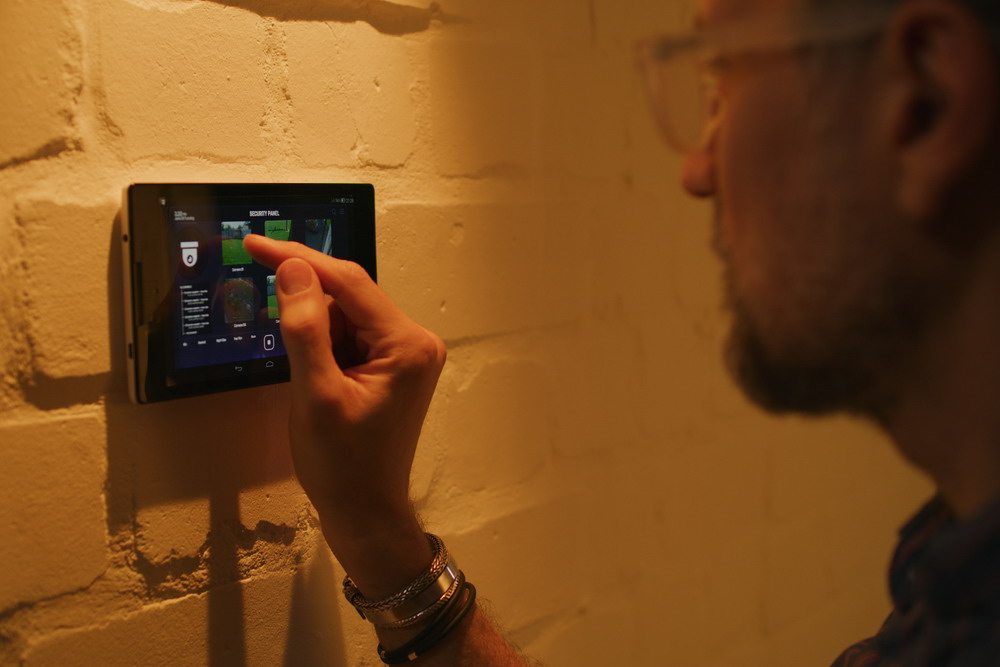Millions of Americans now have at least one smart device in their homes. For some it is a smart TV; for others it’s a smart thermostat. Homeowners with more than one device may or may not control them with a hub. But make no mistake, the hub is the most important component in any smart home.
A smart home hub acts as the brain of the whole system, according to the good folks at Vivint. Customers investing in Vivint systems can use their branded hub or control their systems with a Google or Amazon smart speaker. They also have the option of controlling components with a companion smartphone app.
At any rate, the hub is where it all happens. It is such an important component that buyers might want to start by purchasing a hub first, then adding compatible devices.
A Long-Term Investment
Right from the start, home automation is generally a long-term investment. As such, it makes sense to purchase a hub that is still going to be useful a few years down the road. Why buy one that will be unusable next year because it is no longer compatible with new devices?
This leads to the inevitable question of how you go about finding a hub that isn’t likely to be obsolete too quickly. Your best bet is to go with a well-known brand with strong third-party support. You do not necessarily need to go with a Google or Amazon device, but there is no doubt the two brands support a whole host of third-party products.
Hubs Are Connection Points
Here’s something else to consider: a smart home hub is a connection point. Smart home devices communicate through a variety of technologies, including wi-fi and Bluetooth. Some of those technologies utilize what is known as a mesh network. This is important to know when you are buying a hub.
A hub that creates a mesh network doesn’t force all of your smart home devices to connect through your router. They connect through the hub. The hub communicates through your router only when necessary. Why does this matter? Because a mesh network greatly reduces the workload on your router, limiting interference with your computer, smart TV, etc.
Manual System Control
The hub performs another vital function in that it acts as a terminal for manual system control. Yes, you can control your smart home devices from anywhere using your cell phone, but what if a guest in your home wants to make adjustments while you’re at work? They can either call you and interrupt your day or make the adjustments via the hub.
For some people, working with a hub is just easier than using a mobile app. The screen is bigger; the text is easier to read; you don’t have to hold a small device in your hand. You get the point.
Bringing Devices Together
Most important is the hub’s ability to bring multiple devices together in one place. With a good hub and a range of compatible devices, everything can be controlled through a single app. You no longer need to have separate apps for your doorbell, lights, and thermostat. That sure is convenient.
The hub is the most important component in any smart home set up. If you are looking to jump into the smart home pool for the first time, you might want to take a good look at hubs first. There is no point in buying a system with a hub that only offers limited function. Get a good hub you can build on. You will be glad you did.




